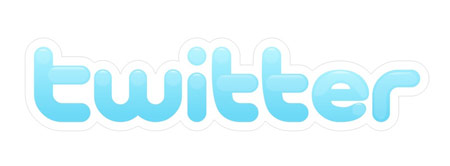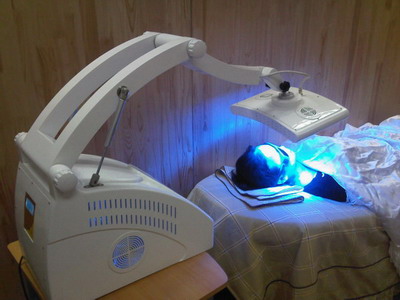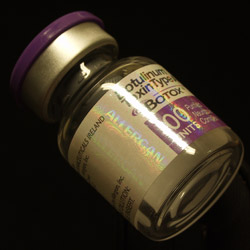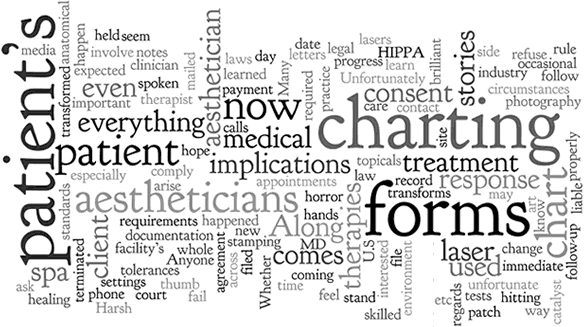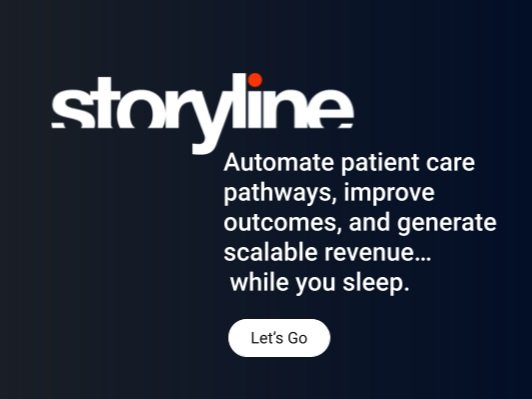Plastic Surgery Statistics: What's in a Number?
/ The American Society for Plastic Surgery released their 2008 statistics on cosmetic procedures performed in the U.S. and stated there is a 12% decline in the number of surgical and non-surgical procedures.
The American Society for Plastic Surgery released their 2008 statistics on cosmetic procedures performed in the U.S. and stated there is a 12% decline in the number of surgical and non-surgical procedures.
The ASAPS reports the top five non-surgical cosmetic procedures are:
- Botox Cosmetic - 2.46 million procedures, down 11%
- Laser Hair Removal - 1.28 million procedures, down 9%
- Hyaluronic Acid Fillers (including Restylane, Perlane, Juvederm, Hylaform) - 1.26 million procedures, down 13% (is Radiesse and other fillers included in this research as well?)
- Chemical Peels - 591,808 procedures, up 3%
- Laser Skin Resurfacing - 570,880 procedures, up 12%
According to the ASAPS, breast augmentation has now taken the number 1 spot over liposuction. Here’s the top 5 surgical rankings for 2008 as compared to 2007:
- Breast Augmentation - 355,671 procedures, down 11%
- Liposuction - 341,144 procedures, down 25%
- Eyelid Surgery - 195,104 procedures, down 19%
- Rhinoplasty - 152,434 procedures, not much change
- Abdominoplasty - 147,392 procedures, down 20%
It’s no surprise this decline is directly related to our economical status, but to what extent? Is the economy actually discouraging people from having procedures performed, or, are they simply making more financially sound choices? There have been major technological advancements in the arena that is aesthetic medicine and I found it interesting that the research did not mention these newer procedures performed by plastic surgeons, as well as non-core physicians.
While liposuction numbers are down; it appears as though the number of body shaping and sculpting procedures in the U.S. is on the rise as evidenced by all of the new devices at ASLMS and THE Aesthetic Show, our own data in our practice, and the new laser lipo centers popping up all over the place.
As patients become more educated about the newer procedures available, they now have the advantage of making an educated choice to forego general anesthesia, the lengthy time off of work for recovery, and the high price tag that comes with liposuction and tummy tucks, and are choosing to have minimally invasive procedures instead.
Maybe these newer procedures are so far down on the list that they weren't worth mentioning? Or, maybe the ASAPS’s data is not truly reflective of the current practices of aesthetic medicine in the U.S. as performed by all aesthetic physicians? I’d like to see the ASAPS, along with their “independent research firm”, realize that other physicians besides plastic surgeons perform a variety of aesthetic services that are continually evolving into more cost-effective, efficacious and safe procedures for today’s savvy consumers.
Author: Paula D. Young RN runs internal operations and training at Young Medical Spa and is the author of the Medical Spa Aesthetics Course, Study Guide, and Advanced IPL & Laser Training course for medical estheticians and laser technicians.
Submit a guest post and be heard.






